Hyssopus officinalis
Want to play a little game?
Name a plant that boasts the ability to do wonders in the kitchen while bringing beauty to the garden and attracting bees, birds, and butterflies, and that is simultaneously hardy, adaptable, and easy to grow.
Take your time.
While you’re thinking… have you heard of hyssop?
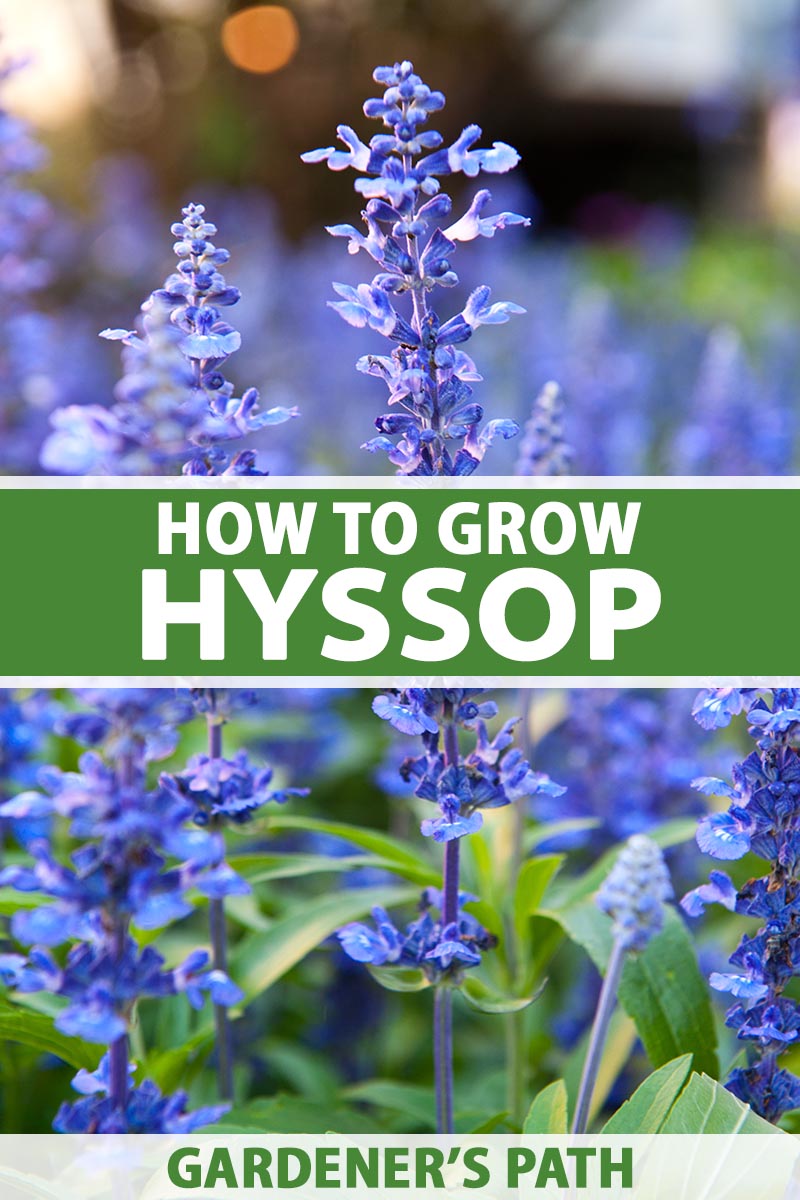
We link to vendors to help you find relevant products. If you buy from one of our links, we may earn a commission.
This is the plant I had in mind! And we’ve got all the info on it below, from how to propagate it to how to use your harvest.
Here’s what’s ahead:
What You’ll Learn
Cultivation and History
Hyssopus officinalis is native to the Mediterranean, including parts of southern Europe and western Asia.
But it has naturalized in North America, so you can find it growing on roadsides in southern Canada and parts of the northern US.
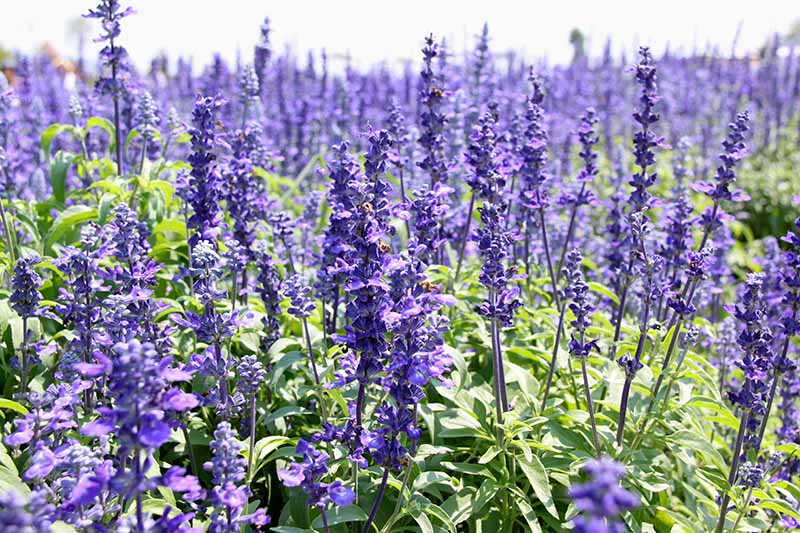
The word hyssop makes me think of biblical stories where a plant by this name was used as a cleansing herb in religious ceremonies. And some say ancient Romans used hyssop as a barrier to negativity.
But not so fast. While the Hebrew word for hyssop, “ezob,” and the Greek “hyssopos,” were used in scripture and translated to hyssop in English, some researchers argue that H. officinalis is not the plant in question.
Instead, they believe it was a different herb. Which one exactly? They can’t quite put their finger on it, but believe these translated words could refer to several different herbs including marjoram, rosemary, thyme, or even capers.
It might be Origanum vulgare or O. syriacum, which is sometimes called hyssop and has a variety of other common names including biblical hyssop, Lebanese or Syrian oregano, or za’atar after the herb-spice mix it is used in.
Nonetheless, and perhaps in spite of this potentially confusing mistranslation, true hyssop (H. officinalis) is a plant with a long history of use in food and folk medicine.
Leaves, flowers, and the essential oils they contain boast a variety of potential uses, in the past as well as today.

In the Middle Ages, the leaves were used as a stewing herb.
A strong hyssop tea sweetened with honey appears in herbal medicine traditions as a remedy for nose, throat, and lung afflictions.
But hyssop isn’t merely a culinary or medicinal herb. It can also be a beautiful ornamental plant!
With its green leaves, colorful flowers, and attractiveness to pollinators, it looks great growing in rock gardens in a border, as a specimen plant, and in groups.
Its nectar makes delicious honey, so beekeepers love it, too.
Hyssop doesn’t spread as aggressively as others in its family (ahem, mint, definitely looking at you here), so you can interplant it without having to worry about it taking over.
Note that H. officinalis is often confused with anise hyssop, Agastache foeniculum. Both are edible and beautiful, and you better believe that we have an article on anise hyssop too. But they aren’t the same species.
Want to learn more about the differences between these two plants, and maybe grow your own? Check out our guide to growing A. foeniculum here.
Propagation
Hyssop is easy to propagate, whether by dividing mature plants, taking cuttings, or sowing seed. We’ll cover each of these options.
From Cuttings
Take cuttings either in the late spring or early autumn. Snip six-inch stems, and strip the leaves from the bottom two inches. Pinch off the top of each, to encourage branching growth.
Place individual cuttings in small pots filled with a moist soilless medium, or a combination of half builder’s sand and half soilless medium.
Keep the medium moist but not wet by misting regularly. Roots will form within about a month.
Allow spring-started plants to develop branches, and roots that stretch to the bottom of the pot, before planting into your garden.
Or, if you took cuttings in the fall, keep them indoors through the winter before planting out the following spring.
By Division
Large, mature plants may be divided in the spring. On a cool day, or early in the morning, use a shovel to dig up the fibrous root ball and divide it in half, or into three pieces.
Replant the parent plant. Dig a hole the size of the root ball of each division, and loosen the soil on the bottom before planting.
Backfill with garden soil, but make sure the plants are not set too deep, and keep the soil away from the stems.
Water in well, and irrigate regularly until plants are established.
You can learn more about dividing perennials in our guide.
From Seed
You can collect the dry seed heads from existing plants, and store them in a dry, dark place over the winter.
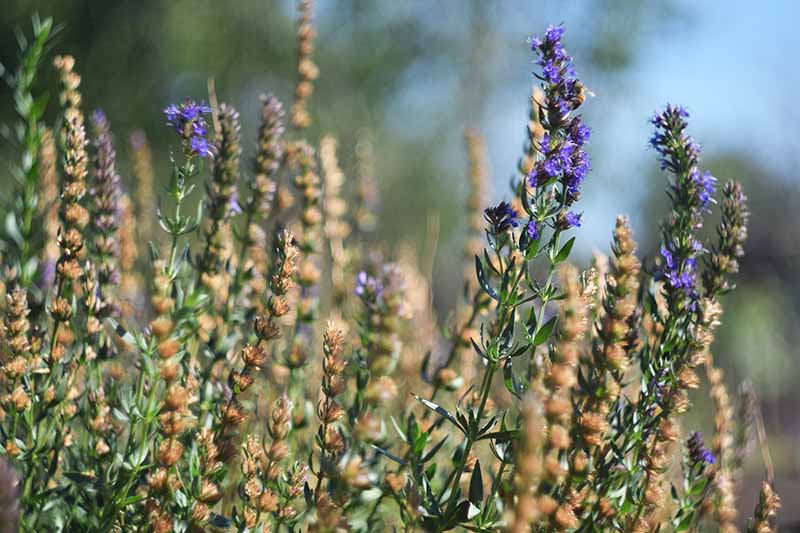
Sow seeds out in your garden in the spring after the last frost, spacing the seeds an inch apart. Thin to six inches apart after seedlings sprout.
You can also sow seeds indoors about eight to ten weeks before the last average frost date.
These seeds need light to germinate, so whether you are sowing in the ground or in pots filled with soilless propagation medium, be sure to only cover them lightly.
If sowing indoors, keep the medium moist, and place your pots in a well-lit 65 to 70°F space.
Seeds will germinate within 14 to 21 days.
You can transplant the seedlings out into the garden once the risk of frost has passed in your area and the plants have two sets of true leaves. Space transplants six inches apart.
Harden the seedlings off first by setting them outdoors every day for a couple hours and slowly increasing the amount of time each day before bringing them back in.
How to Grow
Hyssop is a hardy and adaptable plant that thrives in Zones 4 to 9.
It prefers well-draining, fertile loam, but it will tolerate poor, dry, sandy soil as well. Hyssop does well in a generous pH range of 6.6 to 8.5.
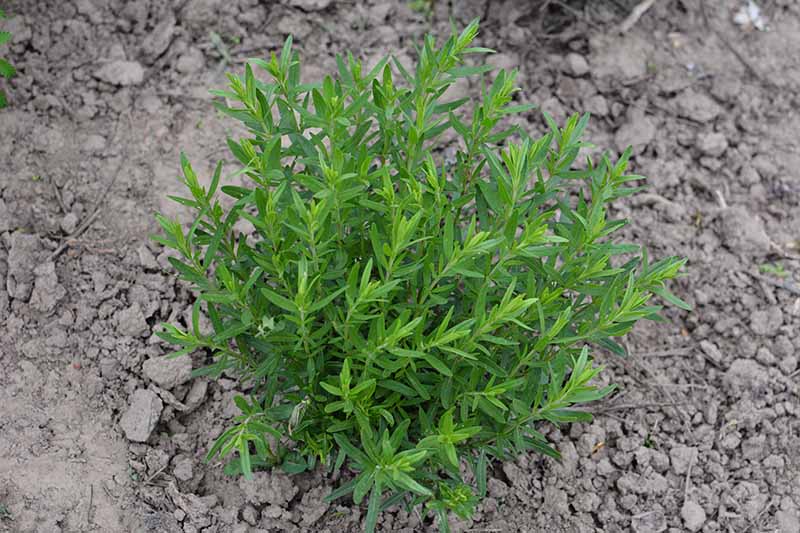
It loves full days of warm sun but will tolerate partial shade. For the best growth, make sure your plant gets at least six hours of sun.
This plant requires regular water until it is established, after which point it is very drought tolerant.
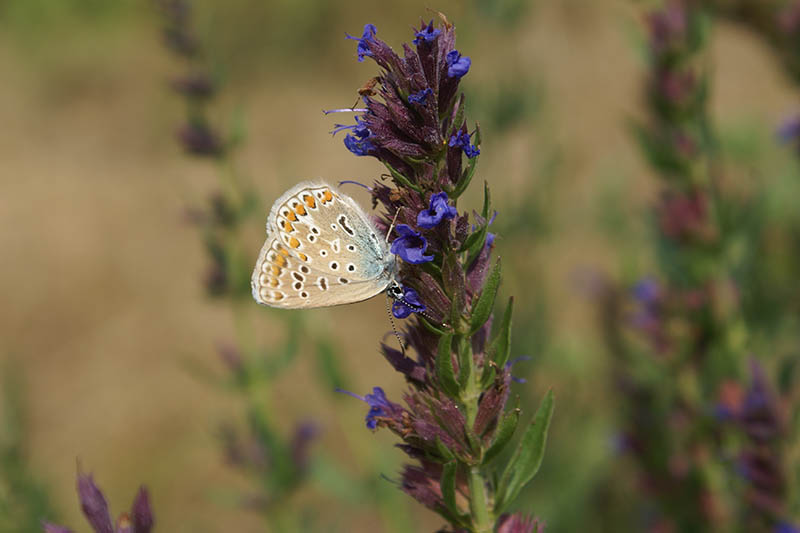
Plants still appreciate watering when the soil dries out though, so make sure to regularly check the soil moisture down to two inches. If the soil is dry, water. If the soil is damp, check back in the next day or two.
Fertilize in the spring with a general purpose plant food, such as this organic 3-3-5 (NPK) formulation from AgroThrive, available at Arbico Organics.
Hyssop does well in containers too, and can be kept in a cool, sunny room in the house. Make sure the container is at least 10 inches deep, and keep a close eye on soil moisture.
Growing Tips
- Grow in full sun.
- Water regularly until established, then check soil moisture before watering.
- Fertilize in the spring with a general purpose fertilizer.
Pruning and Maintenance
Let the dried stems and leaves stand over the winter. Cut everything back to two inches from the ground in the spring, and again after flowering if you wish, to encourage a compact habit and to keep the plant from becoming spindly.
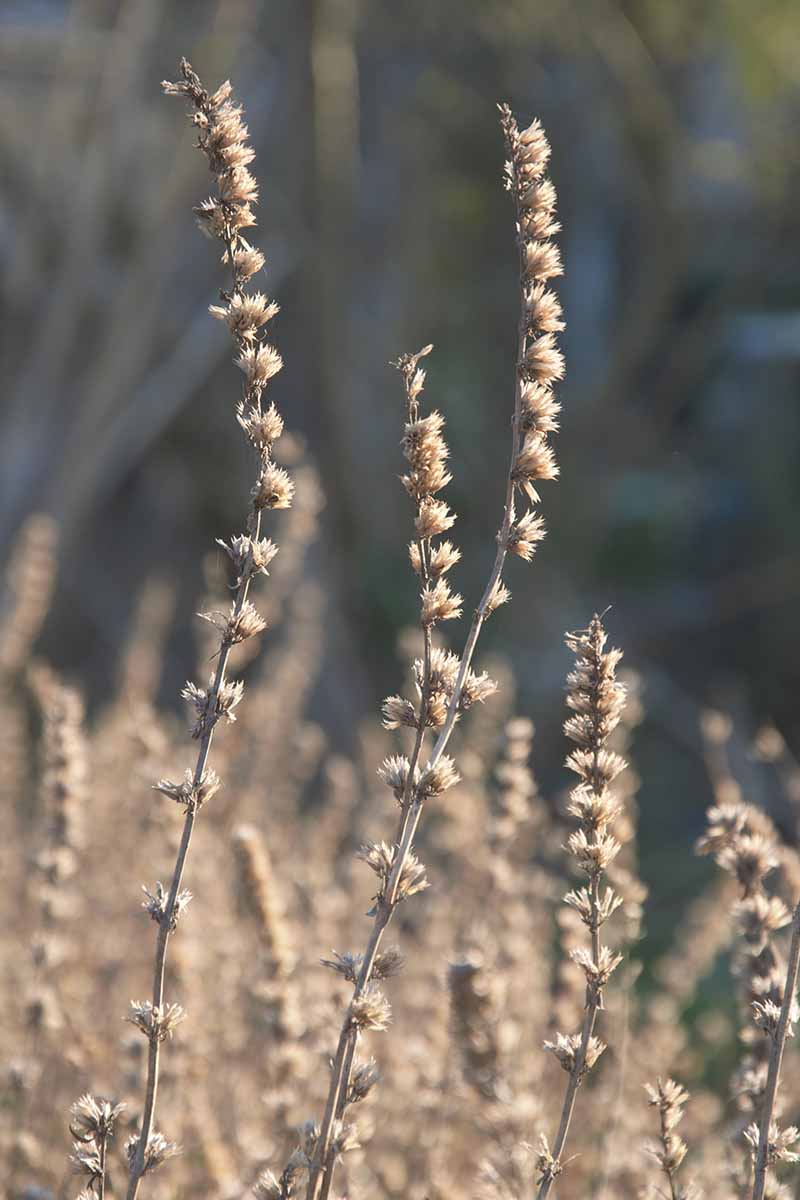
This plant self seeds readily, so it is a good idea to deadhead if you don’t want little hyssops sprouting up all over your garden.
If you are using your plant as an herb, replace mature specimens with fresh plants – either grown from cuttings or seed – every four or five years. Plants become woody and quality decreases with age.

If these plants are merely ornamental, they can live long, bushy lives as hardy, woody plants and don’t need replacing.
Varieties and Cultivars to Select
When searching for hyssop seeds or plants, make sure they are true H. officinalis, not anise hyssop! Both are beautiful but they are completely different plants.
You can find seeds available in a variety of packet sizes at Eden Brothers.
H. officinalis is available in a variety of colors besides blue-violet, including deep blue, pink, and white. Keep a look out for these cultivated varieties at your local plant nursery.
‘Caeruleus’ bears deep blue blooms on a compact, two feet high plant with gray-green leaves.
‘Sissinghurst’ is another blue flowered variety that grows to one foot high and has large, bright leaves.
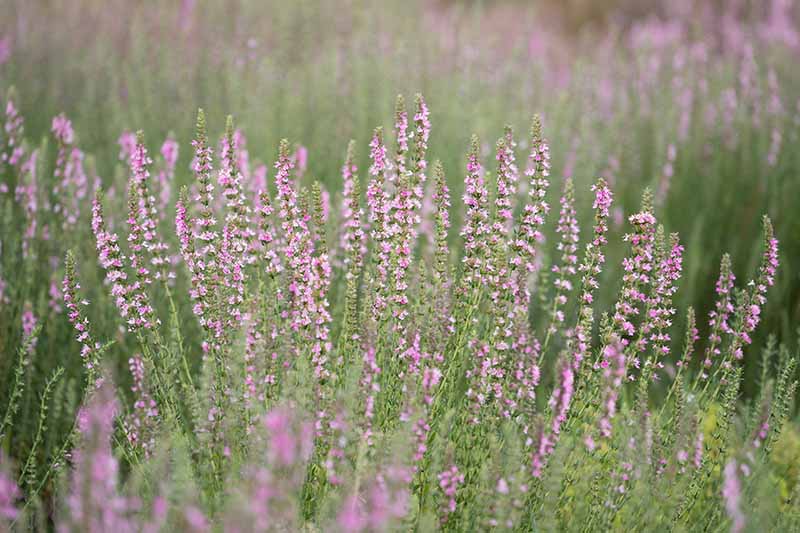
‘Roseus’ has pretty rose-pink flowers on dark green foliage, and grows up to two feet.
H. officinalis f. albus features white blooms on compact plants growing to two feet tall.
f you want a shorter variety, check out H. officinalis ssp. arisatus, which is also sometimes known as dwarf hyssop and only grows to one foot.

While more compact, it still features those pretty flowers and aromatic leaves. It’s a great choice for rock gardens and as an edging plant, and does well in pots too!
Managing Pests and Disease
Thanks to the aromatic oils this plant contains, it naturally repels most pest insects. It will even help to keep pests such as cabbage moth larvae, flea beetles, and slugs away from nearby plants.
The diseases that do occasionally affect hyssop are mainly a result of poor soil drainage.
If your plant has yellow, wilting leaves, dig it up and check the roots. If root rot is the issue, the root ends will be brown and mushy.
Trim off any affected roots, and replant in soil amended with sand or small pebbles to improve drainage.
Although rare, powdery mildew can affect hyssop foliage as well. If it does, check out our article on organic ways to deal with powdery mildew for more information and treatment options.
Harvesting and Preserving
Harvest leaves from your plant before it blooms, preferably in the morning just after the dew dries for the best taste. These are best used fresh, but they may be dried and frozen to use later too.
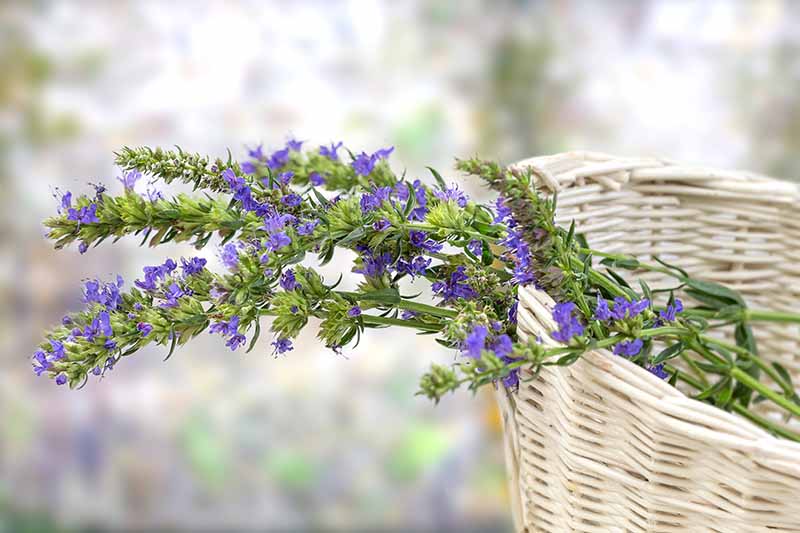
Harvest the flowers while they are still fresh and colorful.
To dry whole bundles of leafy stems and flowers, hang them upside down in a dark, well ventilated area. Read more about drying herbs.
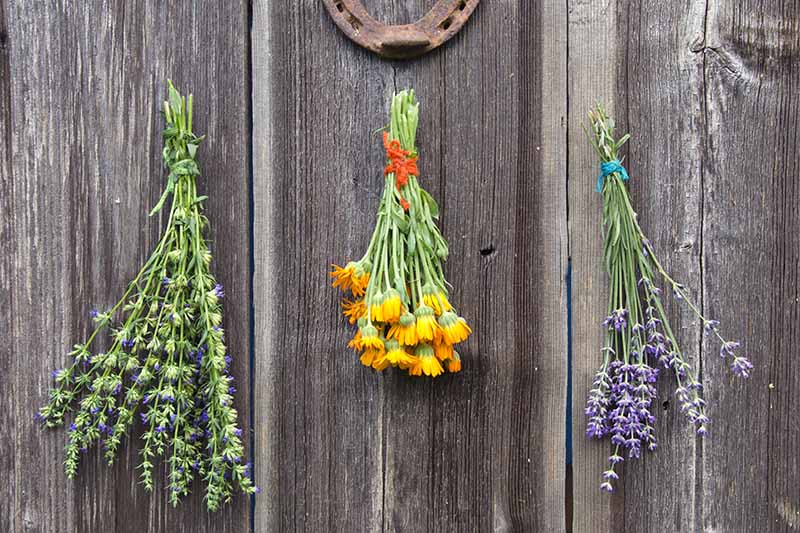
You can also spread leaves in a single layer on a cookie sheet and pop it in the freezer, then transfer the frozen leaves into plastic bags or airtight containers. They can be stored in the freezer for up to a year. Read more about freezing herbs.
Recipes and Cooking Ideas
The foliage can be used to flavor marinades, meats, soups, sauces, salads, and stews. Use it like rosemary, but be aware that it is quite a strong herb despite its sweet scent – a little bit can have a big impact!
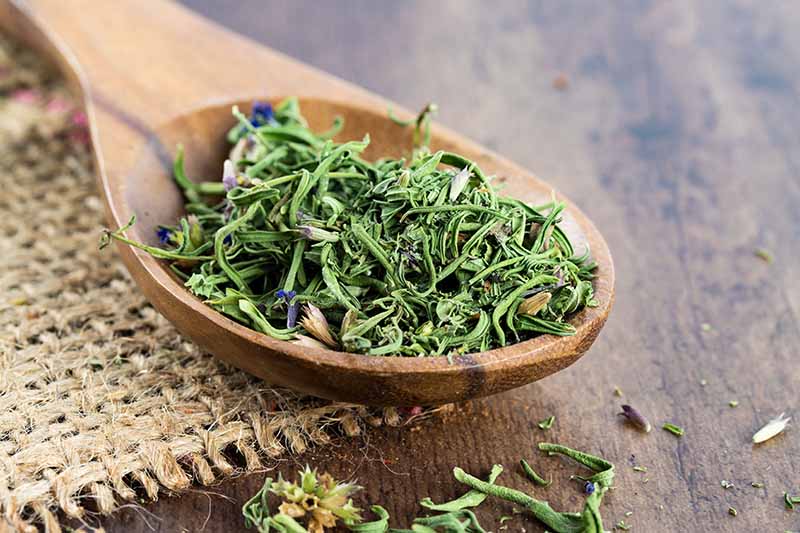
It is described as tasting a bit like mint but with a warm, slightly bitter, floral undertone.
When adding hyssop to soups and sauces, put leaves into a cheesecloth bag and allow the flavor to infuse the food as it cooks rather than adding the leaves directly.
Crunching down on an entire fresh leaf isn’t pleasant, but when infused it adds a nice flavor.
Sprinkle dried, crushed leaves lightly over roasted vegetables and dips, pasta dishes, lemon roast chicken, or lamb dishes.
Because it is quite a strong herb, it cuts through fatty proteins well, and pairs nicely with venison and other gamey meats.
Mix fresh, finely chopped hyssop leaves with butter for a tasty addition served on meats and vegetables.
Use fresh or dried leaves and flowers to make tea. Or, if you prefer something stronger, hyssop oil is used to flavor Chartreuse and Benedictine liqueur, as well as absinthe.
The oil itself is antibacterial, insecticidal, and antifungal.
To make a hyssop tincture, fill a jar halfway with finely chopped leaves, cover with vodka or another high-proof spirit, and seal it.
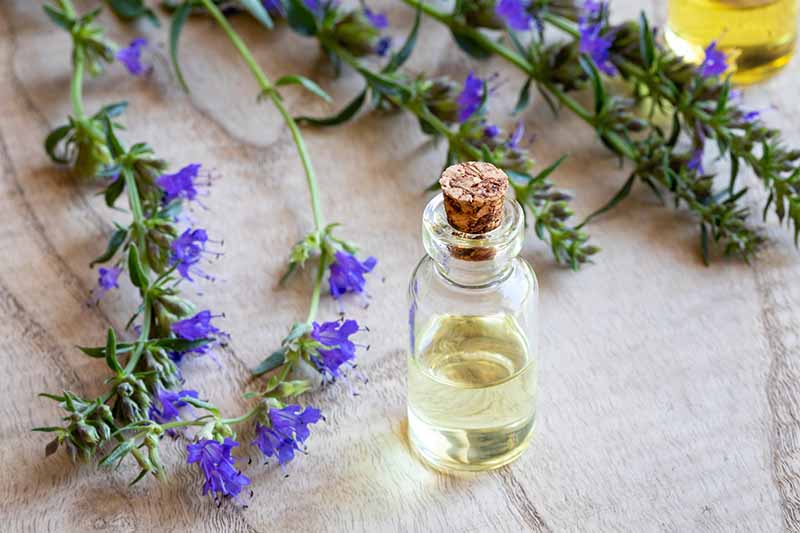
Leave the jar in a warm place for ten to forty days, shaking every day to agitate the mixture, then filter with cheesecloth or something similar to remove all bits of the herb. Store in dark-colored bottles in a dark, cool place.
Hyssop flowers have a milder flavor than the foliage, so you can add these to salads for a pretty and tasty garnish.
Quick Reference Growing Guide
| Plant Type: | Herbaceous perennial herb | Flower/Foliage Color: | Blue, pink, purple, white/green |
| Native to: | Southern Europe, western Asia | Maintenance: | Low |
| Hardiness (USDA Zone): | 4-9 | Soil Type: | Loam |
| Bloom Time: | Spring-fall | Soil pH: | 6.6-8.5 |
| Exposure: | Full sun to part shade | Soil Drainage: | Well-draining |
| Spacing: | 6 inches | Attracts: | Bees, butterflies, birds |
| Planting Depth: | 1/4 inch (seeds); depth of root ball (transplants) | Companion Planting: | Cabbage, grapes |
| Height: | 1-2 feet | Avoid Planting With: | Radishes |
| Spread: | 1-1.5 feet | Uses: | Bank stabilization, container and pollinator gardens, edible leaves |
| Water Needs: | Low to moderate | Family: | Lamiaceae |
| Tolerance: | Deer, drought, rocky soil, sandy soil | Genus: | Hyssopus |
| Common Pests and Disease: | Cabbage maggots, flea beetles, slugs; Powdery mildew, root rot | Species: | Officinalis |
Pretty Tasty
Even if you don’t want to use hyssop in your cooking, this hardy plant deserves a place in your garden.
Give it that sunny, maybe rocky or dry spot that few other plants would be happy with, and let hyssop transform it into a fragrant area visited by the bees and birds.

If you already have hyssop in your garden, have you ever featured it as an herb in your cooking? Leave your favorite recipes in the comments below – I’d love to learn how you use it, if you have any suggestions!
Did you know hyssop is related to a huge variety of other useful, fragrant, beautiful plants besides mint?
Think lavender, sage, and salvia. We’ve got articles on the lot, so check out our other guides to growing herbs starting with these articles:
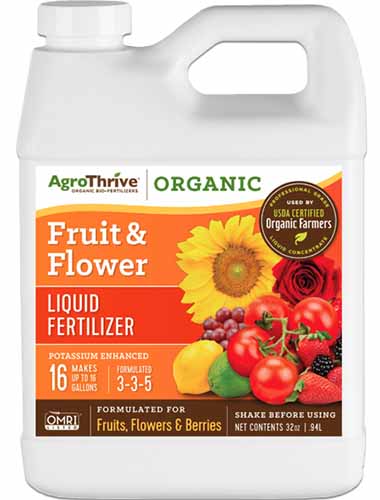
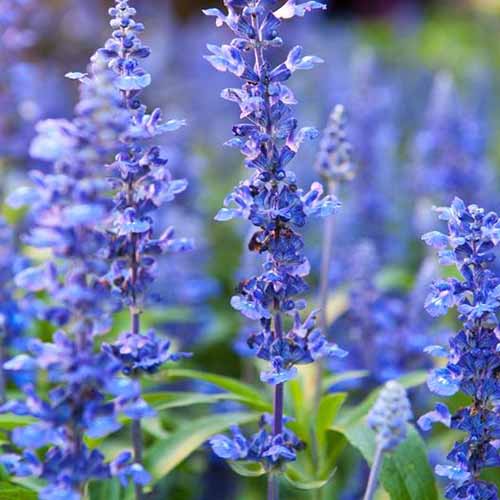


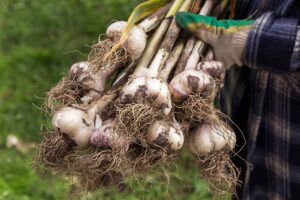
Interesting, I occasionally bathed with it. But you have exposed it/me more. Thanks for sharing
Thanks for posting this. Lots of good info that I was looking for. Answered many of my questions. First time I have grown this plant and will continue to become more educated about it and use it medicinally. Thanks again. 🙂
Thanks for the article. I learned a lot and love the photos!
Thank you for the post it was very helpful, but I would have to say it lacks a bit of information for me in that it doesn’t say anything about the future production of the Hyssop plant, i.e. whether you can take cutting or harvest the seed in order to replace old plant and keep the generation of the stock plants going. I think that would be helpful to a lot of people.
Hi Steve, thanks for reading. If you check out the propagation section of this article, it provides instructions about how to root cuttings and save seeds for planting. Was there some other information you were looking for?